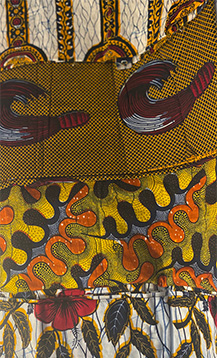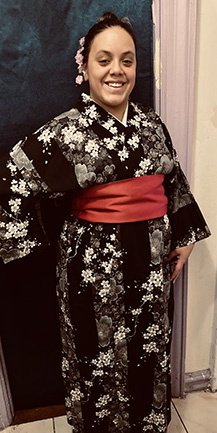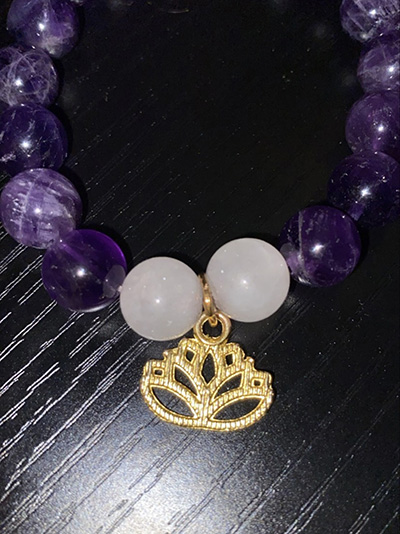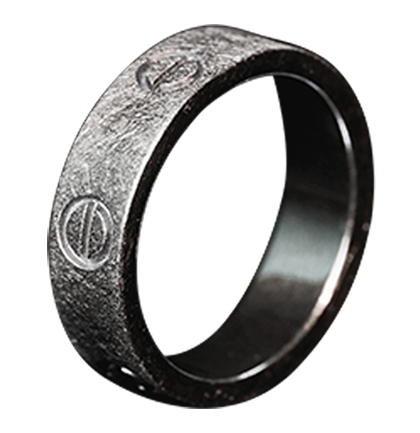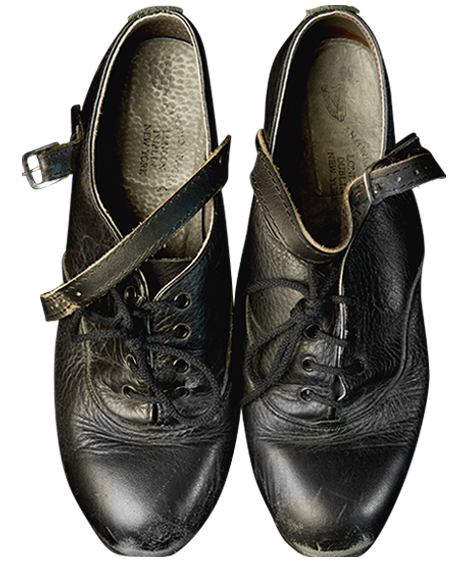Kimono (Yukata)
ABOUT
One day, while Wynee Severino was taking a walk among New York City’s Lower East Side, she stumbled upon a unique shop named Kimono House. Attracted to the beautiful floral patterns, Severino went inside and learned that the garments on display were called kimono. Originating from ancient Chinese clothing, the kimono is a traditional Japanese garment. It is T-shaped, worn by wrapping around the body like a robe, usually held together by a waist sash called an obi. The sleeves and body structure of the garment are rectangular in shape. There are different types of kimono, with some common examples being furisode, a formal kimono for young unmarried women, and yukata, a summer casual kimono. In present day, the most popular type of kimono is the yukata, which is worn to summer festivals and within bathhouses. While formal kimonos are structured with fabric linings, yukatas are always unlined. Yukatas are made of light cotton, fitting for hot summer weather. Specifically, Wynee Severino’s kimono is a black yukata consisting of white and gray floral patterns.
—Kristen Chan
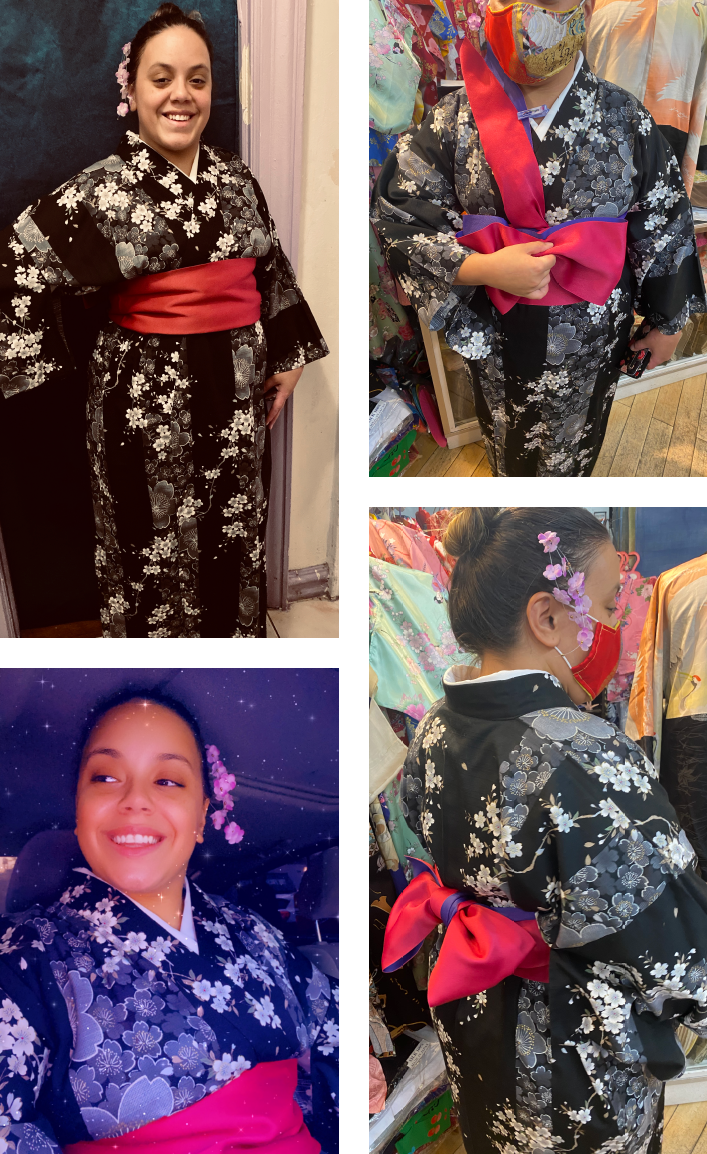
ORIGIN
Japan
APPROXIMATE DATE
c. 2000
MATERIALS
Cotton, silk
COLLECTION OF
Kristen Chan

Kimono (Yukata)

ABOUT
One day, while Wynee Severino was taking a walk among New York City’s Lower East Side, she stumbled upon a unique shop named Kimono House. Attracted to the beautiful floral patterns, Severino went inside and learned that the garments on display were called kimono. Originating from ancient Chinese clothing, the kimono is a traditional Japanese garment. It is T-shaped, worn by wrapping around the body like a robe, usually held together by a waist sash called an obi. The sleeves and body structure of the garment are rectangular in shape. There are different types of kimono, with some common examples being furisode, a formal kimono for young unmarried women, and yukata, a summer casual kimono. In present day, the most popular type of kimono is the yukata, which is worn to summer festivals and within bathhouses. While formal kimonos are structured with fabric linings, yukatas are always unlined. Yukatas are made of light cotton, fitting for hot summer weather. Specifically, Wynee Severino’s kimono is a black yukata consisting of white and gray floral patterns.
—Kristen Chan
ORIGIN
Japan
APPROXIMATE DATE
c. 2000
MATERIALS
Cotton, silk
COLLECTION OF
Kristen Chan

OTHER OBJECTS FROM THE EXHIBITION


